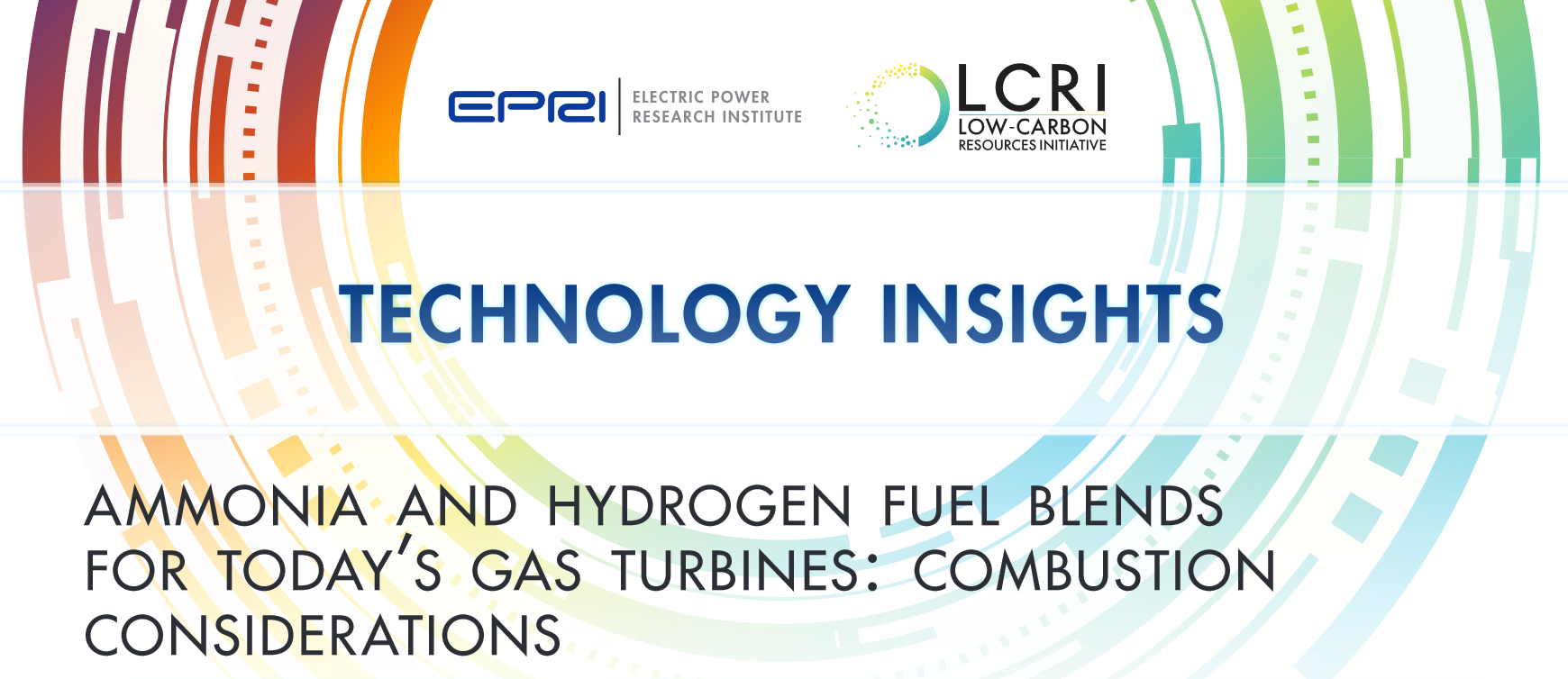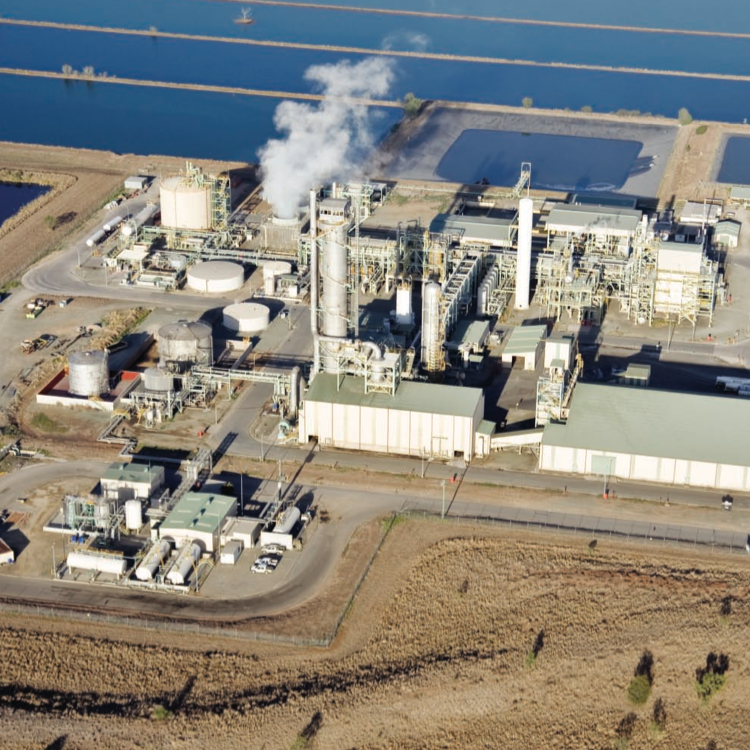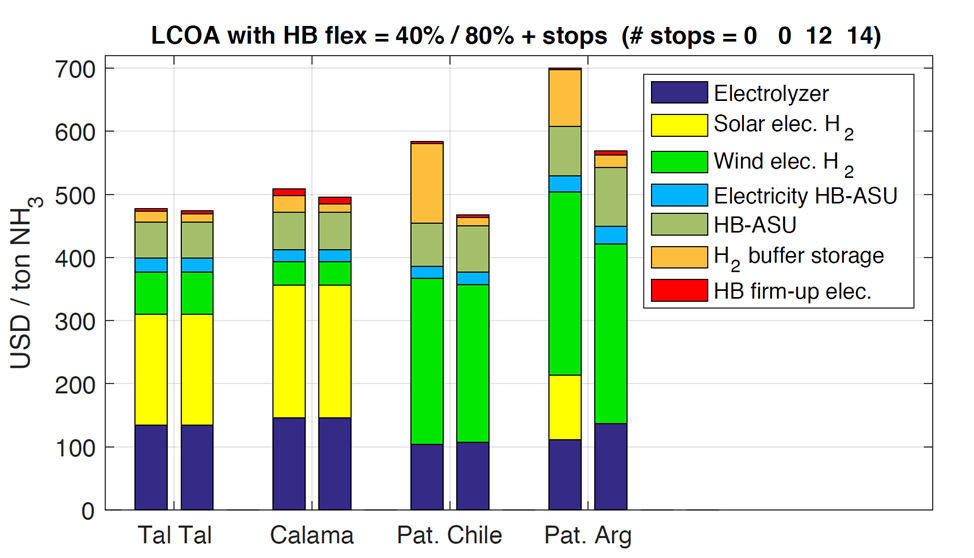The Ammonia Wrap: India updates, continuous hydrogen production by SOEC, a new zero-emissions shipping company and Port of Rotterdam developments
Welcome to the Ammonia Wrap: a summary of all the latest announcements, news items and publications about ammonia energy. This week: updates from India, the PROMETEO project - continuous hydrogen production by SOEC, Viridis Bulk Carriers - a new zero-emissions shipping company, Korean Register AiP for ammonia bunkering vessel, two green hydrogen import MoUs for the Port of Rotterdam and Haldor Topsoe and Nel team up to offer green fuel solutions.








